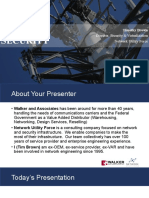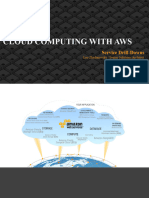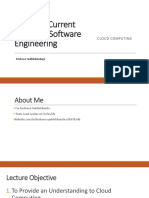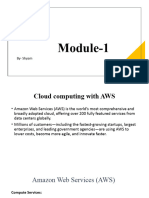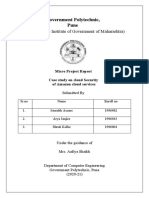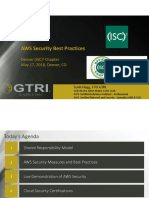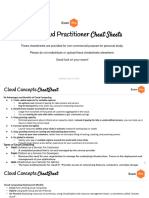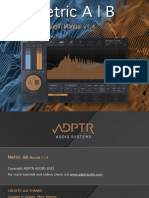0% found this document useful (0 votes)
48 views73 pagesC3SA Module 06 V1
c3sa
Uploaded by
Hemanth nayakCopyright
© © All Rights Reserved
We take content rights seriously. If you suspect this is your content, claim it here.
Available Formats
Download as PDF, TXT or read online on Scribd
0% found this document useful (0 votes)
48 views73 pagesC3SA Module 06 V1
c3sa
Uploaded by
Hemanth nayakCopyright
© © All Rights Reserved
We take content rights seriously. If you suspect this is your content, claim it here.
Available Formats
Download as PDF, TXT or read online on Scribd
/ 73


